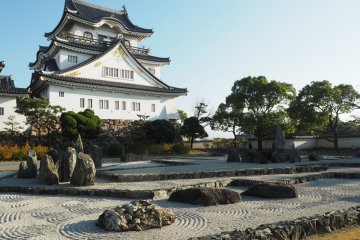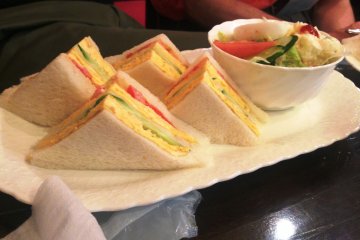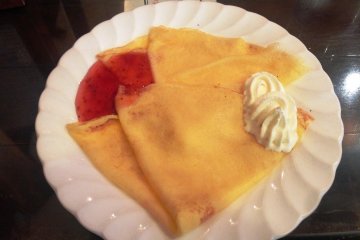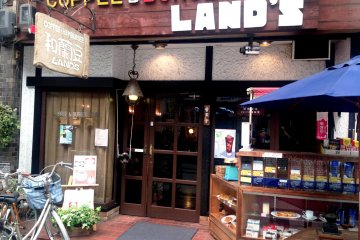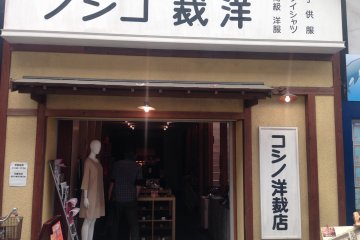For Itoko Ohara, 1924 was the best of times and worst of times. Business and high fashion bloomed in peace time, and for an impressionable 11 year old, her visits to the big cities of Kobe and Osaka took her to department stores like Takashimaya, made famous under the moniker Taisho Chic. For her father, seeing the use of kimonos decline, it was a crossroads as to whether to continue the business or to cave in to western fashion.
The daughter of a kimono shopkeeper in conservative Kishiwada, Itoko’s desire to be a designer of western clothes invariably led her to heated arguments with her father. The 1920s was an invigorating time for the up and coming post war generation. Osaka was the sixth largest city in the world, surpassing even Tokyo. From her studio, the latest fashions from Paris and London would arrive in waves. At the same time, the symbols of western fashion were itself under challenge. The dance halls in Osaka and Kobe had just opened, and trumpeter Fumio Nanri made his debut alongside American jazz bands from Shanghai, Manila and Chicago. By 1934 when she finally opened her own dressmaking shop, America was the standard by which everything was measured, with the values of emancipation and opportunity resonating with Itoko and others of her generation, one that left its legacy at the Koshino boutique in Kishiwada, now made famous by the NHK TV series called “Carnation”.
Opposite Koshino’s is a coffee house that looked exactly like the type that Itoko would have frequented. Debonair waiters sport Brylcreemed hair, starched white shirts and bow ties, while the waitresses wear full length aprons and white stockings. Take a seat by the polished wood counter and reminisce with the waiter while sipping the hand grounded and filtered coffee, it is like time had stopped in the 1920s. Likewise the menu is largely unchanged, with omelette, tomato and cucumber sandwiches, served on white bread without crust, or strawberry jam crepes with whipped cream, all for less than ¥1000. Smart phones, cold pressed juices or Paleo diets are nowhere to be seen. Instead, enjoy the tactile qualities of reading a real broadsheet newspaper.
An older, more romantic version of America makes its presence known in the menu. While known more for its coffee, a lot of customers come here for the burgers. With its chewy patty texture and mince sourced from a famous sukiyaki butcher shop in Osaka, the old school menu with cheeseburgers and pineapple slices plays to the traditional crowd.




